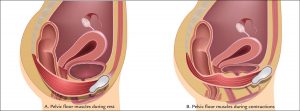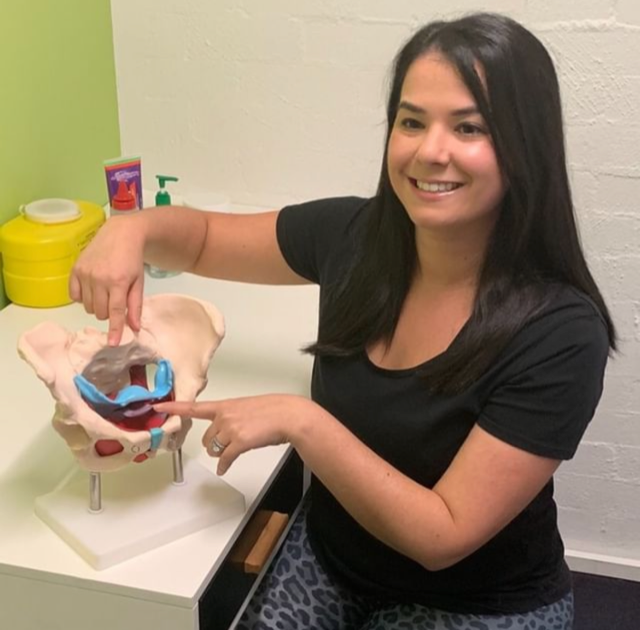It is very common for women to have an overactive pelvic floor but what does this actually mean?
Imagine if you held your fist clenched indefinitely. Consider how sore your palm, finger, thumb and wrist muscles would feel. This analogy explains what happens with your pelvic floor muscles if you are not giving them time to rest and relax. Both women and men can have an overactive pelvic floor.

If your pelvic floor muscles are overactive then you may experience the following symptoms;
Incomplete emptying of your bladder – feeling like you need to empty your bladder soon after you have just been to the toilet.
Dribbling urine immediately after you have been to the toilet.
Leakage when you cough, sneeze, laugh or exercise.
Leakage while you are on the way to the toilet.
Increased urgency and frequency of going to the toilet.
Pain in your pelvis at any point whether you are resting or exercising.
Pain in your pelvis with intercourse.
What are the treatments for an overactive pelvic floor?
It is important that each patient is assessed individually to determine what types of treatment will be appropriate. The most common the treatments will involve;
Education about how to decrease the overactive muscles.
Pelvic floor relaxation and strengthening exercises.
Stretches.
Bladder retraining.
Deep breathing exercises.
Pain management strategies education which may include massage and heat packs.
If you have concerns about your pelvic floor book an appointment with one of our Pelvic Health Physiotherapists. They can assess your pelvic floor muscles and teach you appropriate strategies and exercises to help improve the overactivity and ultimately improve your symptoms.
Julia Raptis (Esposito) – Pelvic Health Physiotherapist
Read further blogs about pelvic floor here:

